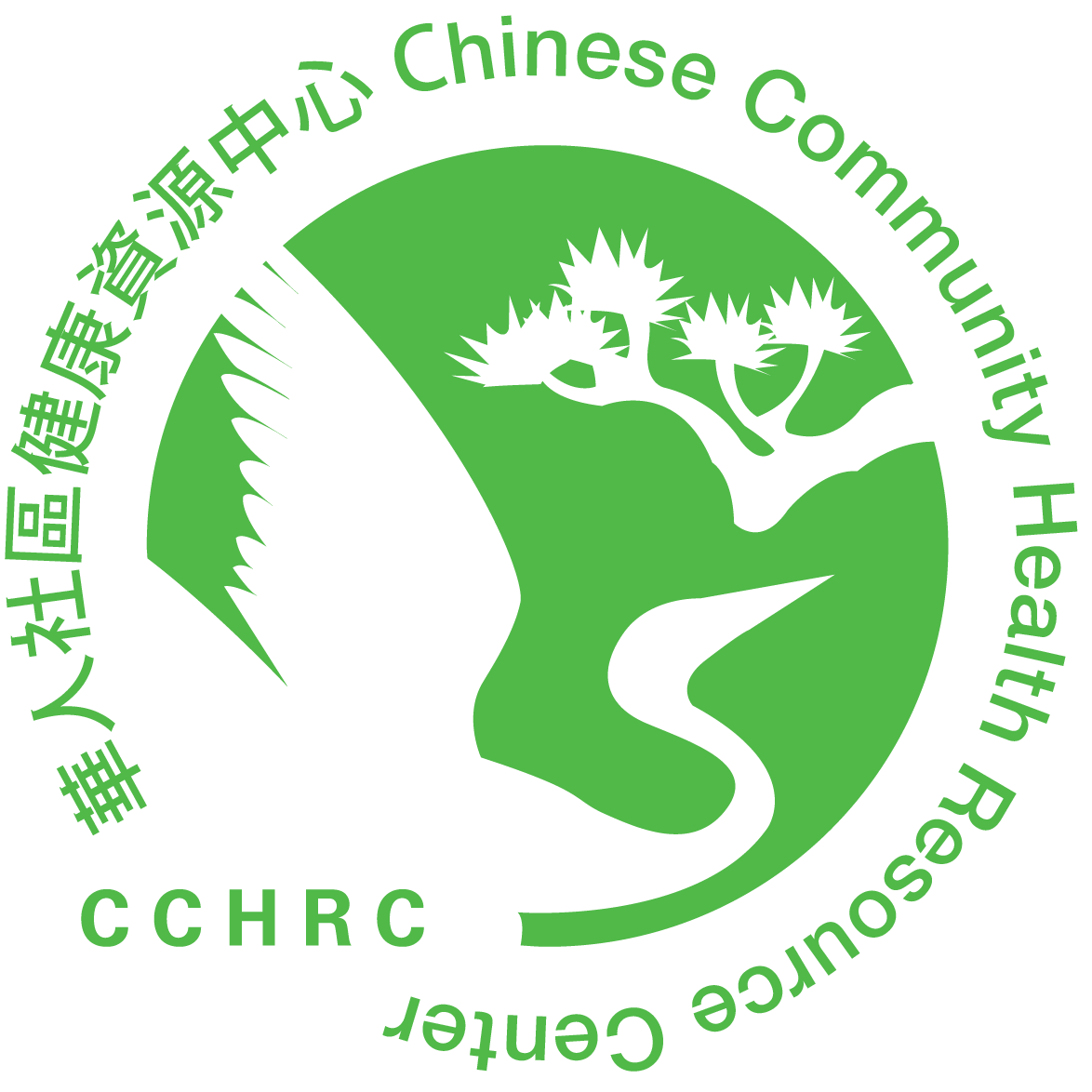Nowadays, more and more people rely on prescription drugs to maintain their health and the quality of their lives. However, many people become hospitalized because they either do not understand or fail to follow the instructions on the medicine label. Prescription drugs can be ineffective or even harmful when taken incorrectly. To take medication the right way, it is important to pay close attention to what is written on the label and to follow your doctor or pharmacist’s advice.
Medications for “Acute” Conditions
These are prescription medicines for conditions that only last for a short time- such as antibiotics. It is important to finish all the medication even if you feel better in a few days. The medicine might not work if you do not finish all of it.
Medications for “Chronic” Conditions
These are prescription medicines for long-term use for conditions such as high blood pressure, diabetes or heart disease. They must be taken continuously in order to control the disease and prevent serious complications.
Over-the-Counter (OTC) Medications
These are medicines that can be purchased without a doctor’s prescription. Examples of some kinds of OTC medications are: cough syrup, pain relievers, decongestants, antacids, and cold remedies. It is important to read the directions on the package and take only as directed. Check with your doctor or pharmacist if you are taking prescription medicines to be sure that is safe for you to take OTC medications.
Do’s
- Make a list of the medicines you are taking and be sure you know why you are taking them.
- Follow instructions on the prescription label so you know how much, how often, and when to take your medicine as well as what foods, beverages, other drugs, or activities to avoid (if any).
- Know what the side effects might be and what you should do if you experience any.
- Keep your prescription in its original bottle and label it clearly so you know what it’s for.
- Obtain a refill at least 3 days before you run out of medicine.
- Keep prescriptions away from children and if there are children around the house, use childproof bottles.
- Store prescriptions in a cool and dry place.
- Discard prescriptions that have expired.
- If you take any OTC medications, herbal or nutrition supplements, or Chinese herbal medicine regularly, let your doctor or pharmacist know.
- Use extra caution when taking more than one OTC medication at a time as many of them contain the same active ingredients.
Don’ts
- Don’t drink alcohol when taking medication.
- Don’t change the amount of medication you take. If you don’t feel better, let your doctor know.
- Don’t ever take someone else’s medication.
- Don’t skip or stop taking your medicine. Don’t try to catch up by doubling the next dose. If you feel you need to stop the medicine, contact your doctor.
- Don’t take less medicine than prescribed, even if you feel fine. Some illnesses such as high blood pressure have no symptoms, but need to be controlled by daily medication to prevent serious problems.
- Don’t share medicine with friends or family members. Medicine works differently for different people. Many illnesses may have similar symptoms but require different treatment.
- Don’t allow children to take OTC medications prescribed for adults. Children should only take medications specifically made for them.
Forgetting to take medication is a common problem among the elderly. To help you remember when to take your medicine, consider these tips:
- Keep medicine where it’s visible – in the kitchen or by your bed. Be sure to keep it out of the reach of children.
- Count the medicines you need to take in a day and put them in a pillbox so that at the end of the day, you would know if you’ve missed a dose.
- For medicine to be taken with food, try to tie in with meals.
Medicine only works when you take it properly. If you have any questions about your prescription, be sure to discuss them with your doctor or pharmacist.
Copyright © 1994-2020 Chinese Community Health Resource Center
If you would like a copy of this health article, please click on the PDF button in the language you prefer. To view the PDF document, you’ll need Adobe Acrobat, which you can download here.
Bilingual:



